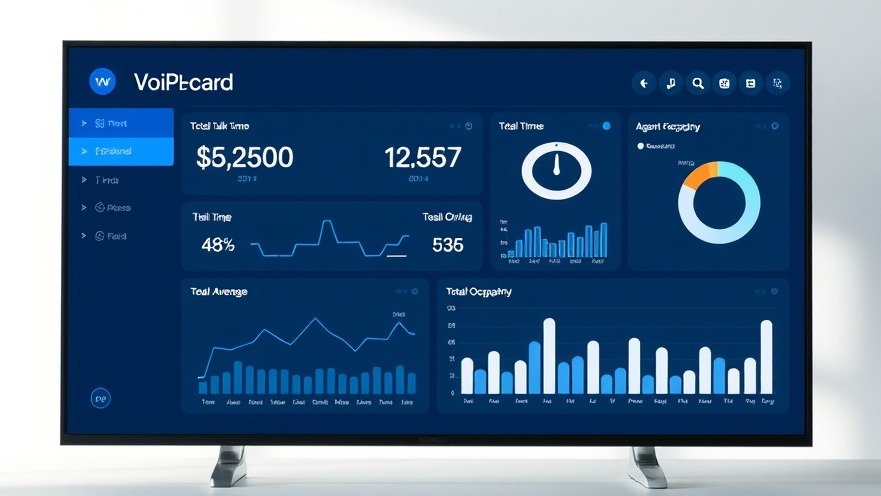
Understanding the Surge of AI in Advertising
The integration of artificial intelligence (AI) into advertising practices signifies a transformative era for marketers. According to a recent survey of 247 advertising professionals, approximately 70% have begun utilizing AI in the past year, reflecting its rapid adoption across the industry. Notably, 67% of respondents acknowledged that AI has enhanced the effectiveness of their advertising strategies, suggesting a burgeoning belief in the technology's transformative power.
AI’s Dependence on Human Expertise
When examining AI's role in advertising, it is essential to explore how creatives view the technology. The survey data reveals a divide in perspectives: 36% of advertisers see AI as assistive technology, with humans maintaining control over creative processes. In contrast, 32% view their relationship with AI as a collaborative endeavor, promoting an equal partnership. In a smaller segment (19%), teams allow AI to lead creative choices, albeit under human supervision.
Barriers to Greater AI Adoption in Advertising
Despite the apparent benefits of AI, many organizations remain hesitant to fully embrace its capabilities. The survey pinpointed three main challenges: data quality or accessibility issues, integration with existing systems, and budget constraints. For organizations that have deeply integrated AI into their operations, the struggle often lies in aligning new technologies with existing workflows, highlighting the complexity of scaling AI solutions.
Future Insights: Where AI and Marketing Are Heading
As advertisers navigate their AI journey, future predictions indicate a shift toward more sophisticated applications of technology. Experts believe that as AI tools continue to evolve, marketers will move beyond basic applications, exploring advanced solutions such as predictive analytics and targeted content generation. These advancements promise to refine personalization efforts and increase ROI on advertising investments.
Real-World Examples: Brands Leading the Charge
Top brands such as Coca-Cola and Nike have already begun leveraging AI to optimize advertising campaigns. Coca-Cola, for instance, utilizes AI algorithms to analyze consumer data for personalized marketing, while Nike employs AI-driven chatbots to enhance customer experiences. These examples illustrate how industry leaders are implementing AI not only to streamline their operations but also to create more engaging and responsive marketing strategies.
Guiding Principles for Effective AI Integration
To maximize the benefits of AI, advertisers should consider several guiding principles. First, investing in high-quality data collection is essential to drive AI effectiveness. Second, organizations should start with pilot programs that integrate AI into specific tasks before scaling efforts across departments. Finally, training and workshops on AI tools can empower creative teams to harness these technologies effectively.
Conclusion: Embracing AI for Competitive Advantage
As the advertising landscape evolves, embracing AI is no longer optional; it is imperative for staying competitive. By understanding both the potential and the challenges of AI integration, marketers can strategically plan their efforts to innovate and optimize their advertising approaches. The road ahead may present obstacles, but the rewards for those who navigate it successfully are profound. Keep an eye on market trends and commit to understanding and implementing AI in your marketing strategies.
 Add Row
Add Row  Add Element
Add Element 




 Add Row
Add Row 
Write A Comment